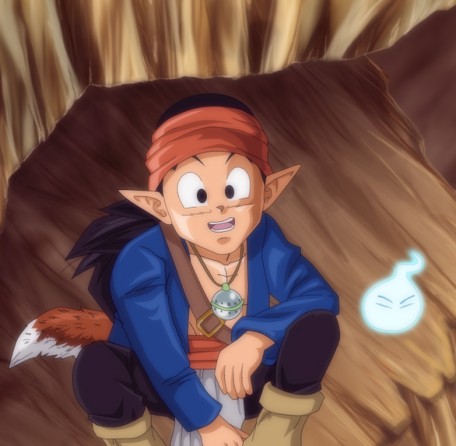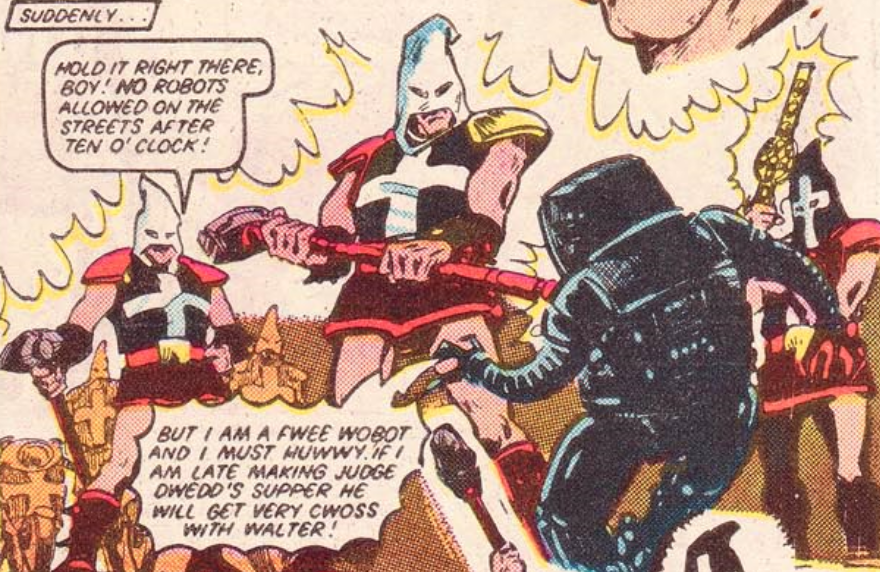(AfroGamers.com) In many JRPGs, you have the villages and small towns that have their chiefs and their own problems. It’s all part of the main quest and sub quest approach to roleplaying games.
However, I’ve always had questions about these villages. In classic JRPGs, there often wasn’t enough space for players to get the lore of the settlement. It was merely there way before the main character was born and often times, it had some significance in the past.
In more modern JRPGS starting with the PlayStation 2/Xbox/Gamecube generation, players began to get more lore about these small towns. That was primarily thanks to improvements in storage hardware allowing for more to be stored on a disc or cartridge as well as hardware allowing for video and voice.
Even then, we were still getting some of the same quests. It’s as if the writing for quests was slowly getting better across the industry.
Why Do Villagers Always Lose Something?
Ah, yes: the fetch quest. It comes in many forms. Sometimes players have to retrieve something and take it to someone else only to bring something else back to the quest giver. Then we have villager Butterfingers McBadMemory who has something and the player will find it by chance.
In JRPGs and many open world games, it’s not unusual to check everything that could be a container or storage space, right? So, this schmuck of a villager loses a fishing rod, a magical grimoire, or their wedding ring and you’ve got yourself a side quest.
Sometimes, it’s part of the main storyline as was the case in many Dragon Quest games. Someone would lose something which took the player to a cave not far from the town and you’ll fight the boss monster inside.
The boss monster coughs up the lost item, you return it to the quest giver, get a minor reward, and some storyline progression. It’s a DQ staple and one used by many other JRPG franchises.
My thing is how are all these people losing their sh** in such strange ways? First off, no one who isn’t trained in climbing down wells such be spelunking into the town’s main water supply. Also, how is it that everything gets dropped down a well only to be washed down the river and into the nearby cave.
This gets to another point but you’d figure everyone in this village would be extra careful with their stuff since the village is remote and adventurers don’t just come through regularly.
Can you image how many villagers who were married to their spouse for 40 years lost their wedding ring in a well? Not only that but they feel comfortable in telling a traveled stranger about their lost ring.
I mean, granted the stranger has nothing to gain from snitching and everything to gain from finding the ring and selling it in a shop. Also, sharing this information with someone wearing a sword on their back and traveling with armed people doesn’t seem wise. I don’t know what about that group makes them welcoming—even if they’re the heroes of the game.

How Do These Small JRPG Villages Always Have Trouble?
Seriously. These small towns are always at the front row of catastrophe. In a couple of JRPGs, villages are just built close to where there could be danger. In Secret of the Stars for instance, the village can be built close to volcano or mountain.
My RPG experience tells me that mountains, caves, and volcanos are 100-percent always trouble for a village or small town. That is followed by forests and wooded areas. You’d think being a port town or city would be more trouble because of the risk of invasion, right? Nah, that’s only in a few JRPGs and the town’s location doesn’t factor into it.
Most of the time, the country or continent the player starts in is on fire from all of random encounter monsters and enemies lurking the overworld map.
That raises the question of why did they build this town with its own economy, trade routes with other villages, generations of families—in this dangerous ass spot. Bandits hit these villages up regularly, wolves are a problem while farming and grazing, there’s goblins nearby, some of the slimes are actually poisonous, it goes on and on.
Not only that, these towns are built in locations only familiar to traders and adventurers. Maybe a villager elsewhere will mention it in a vague location but make no doubt about it—this is a remote location. You’re traveling to the boondocks.
Why Is the Economy Built on Hope and Low-Level Equipment?
So, we have these villages built in the sticks and it’s so far from the larger towns and cities that they’re probably not getting taxed. Maybe their taxes are collected every couple of years instead of every year? Anyway, these villages are in these dangerous areas and they rarely produce adventurers but they make sure to produce weapons and potions.
I mean, potions have their use even for villagers and civilians but the weapons? You have blacksmiths making weapons and armor for years in hopes that a trickling of adventurers will swing by. Now, either a lot of their time is wasted repairing farm tools and whatnot or they keep the good weapons and armor under the shelf.
These villages early on always have the busted stuff that you might see in a previous village. Mind you, this in classic RPGs. Modern day games have their own economies. The Fallout series is a prime example of a changing economy that have players revisiting previous locations.
As mentioned before, in the classic games, there is never a reason to return to previous villages. Those items are static, the shopkeepers add nothing else. Considering the player’s quest, that village is never seeing those adventurers again. They might never see another adventurer.
Of course, the nature of those classic RPGs is that you rarely get a direct sequel. It’s usually a franchise sequel with a different story so we don’t know the fate of that land in the last game.
What are some of your gripes with JRPG world-building? Let us know in the comments and we might just weight in on it!
Staff Writer; M. Swift
This talented writer is also a podcast host, and comic book fan who loves all things old school. One may also find him on Twitter at; metalswift.

















Leave a Reply